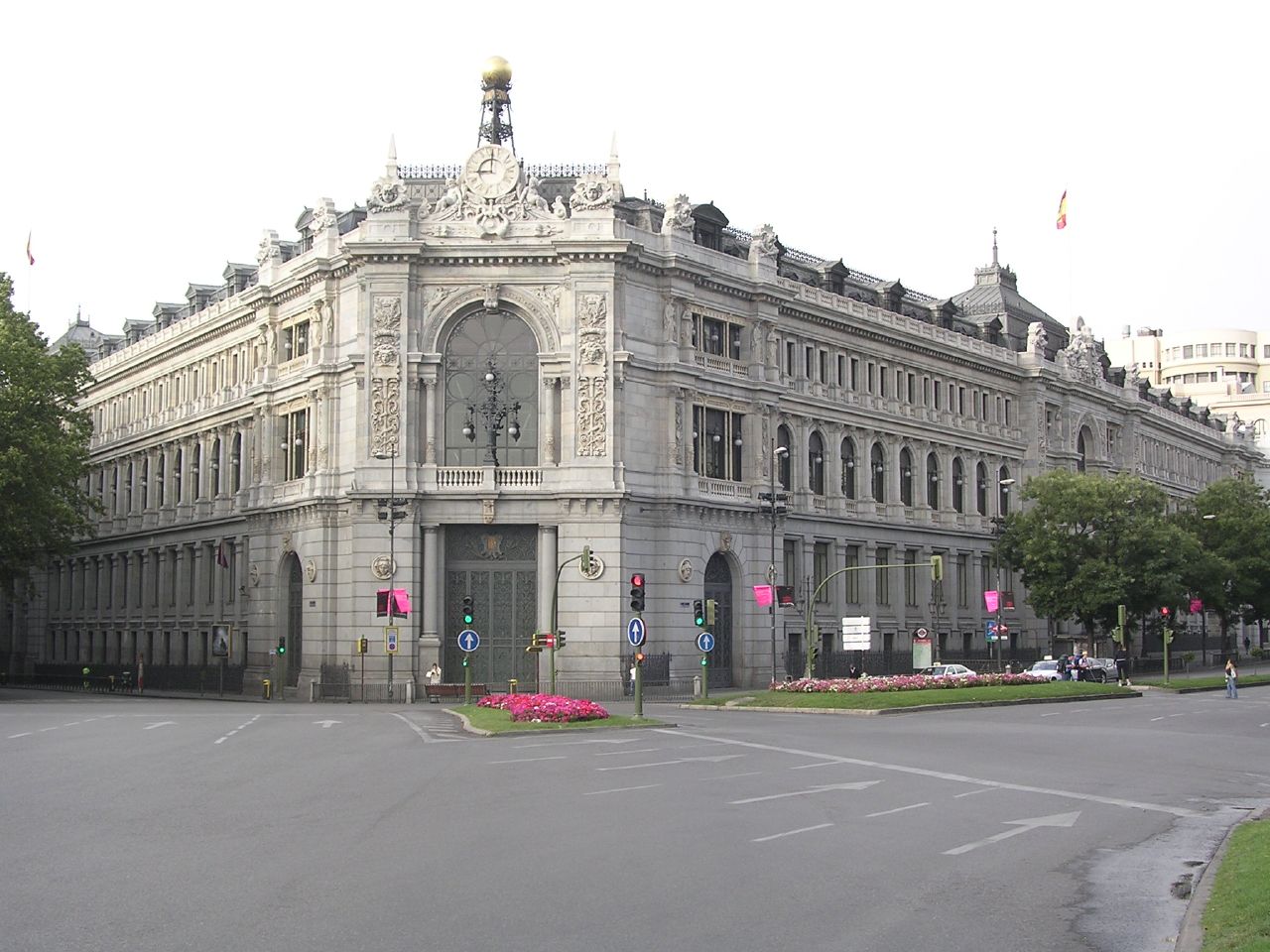If you’re traveling to Madrid, the capital and economic hub of Spain, you should really consider taking time out of your busy schedule to stop by the Banco de Espana, or Bank of Spain. The national central bank of Spain, Banco de España was first established in Madrid back in 1782 by King Charles III. Today the bank is a member of the European System of Central Banks and the national supervisor of the Spanish banking system, and its activity is regulated by the Law of Autonomy of the Banco de España. Below we will provide a brief profile of this financial institution, including its history and some information about the building in which the bank’s headquarters are now housed.
Banco de España: History
When what is now the Banco de España opened its doors back in 1782 it did so under its original name the “Banco Nacional de San Carlos,” and its first director was the French banker Francois Cabarras, or in Spanish, Francisco Cabarras. The bank did very well and was profitable during the first ten years, but following a series of wars between 1793 and 1814, with the state relying on the bank to finance those wars, the state owed the bank more than 300 million reales, thus placing the bank in a very troubled spot.Banco de España photo credit
In the early part of the 19th century, the name of the bank changed to “Banco Español de San Fernando.” Throughout this century, the bank faced competition from a number of other Spanish banks, including the Banco de Barcelona, the Banco de Cadiz and the Banco de Isabel II, the latter of which merged with the Banco Español de San Fernando in 1847. In the 1850s, under the guidance and supervision of Ramon Santillian, the bank extended its operations to the cities of Alicante and Valencia, and took its current name, the Banco de España.
Following the Spanish Civil War, the bank was placed under tight government control and was formally nationalized 17 years later in 1962. Since then, it has undergone a series of transformations leading to the modern bank of today.
Banco de España: the Building
While the long and diverse history of the Banco de España is reason enough to visit this renowned Madrid locale, perhaps even more interesting and appealing is the building itself. Situated on the Calle de Alcala, the current headquarters of the Banco de España is housed in what was once the Palace of Marques of Alcanices, a grand and ornate structure in the city’s center. To renovate this palace into a functional bank, the city of Madrid called on architects to bid on the project, but of the four that did submit designs, none were accepted. As a result, the bank’s previous architects, Lastra and Adano, took on the project themselves and construction began in 1883.
The bank project was completed in 1884 and the building inaugurated in 1891. Many extensions to the bank have since been completed, including one in the 1970s in which the bank was expanded, for security purposes, to include the corner of Calle de Alcala and Calle Marques de Cubas. This new building now has a total floor area of 4,700 square meters, which includes a ground floor, three upper floors and four floors below ground level.
The Banco de España has many interesting architectural features, not the least of which are the “staircase of honor,” a cast-iron structure commissioned by Fabrica de Mieres; and the patio, which was formerly the cashier section but is now home to the bank’s library. Next to the staircase, there is a series of magnificent symbolist-styled stained glass windows, each featuring an abundance of allegorical figures.
When comparing the exterior of the Banco de España to its interior, visitors are certain to notice a stark contrast. On the outside, the building has retained the neo-classical style that was so popular in the early to mid 19th century, while on the inside there is a marked departure from classical tenets, as evidenced by the Art-deco renovations of the 20th century.



